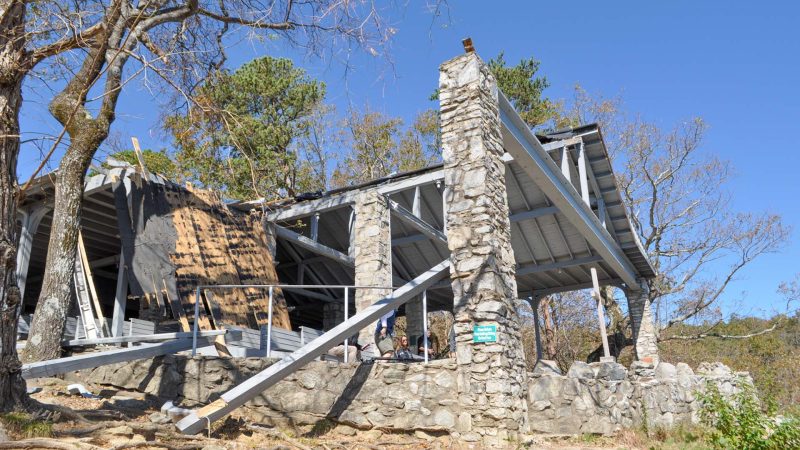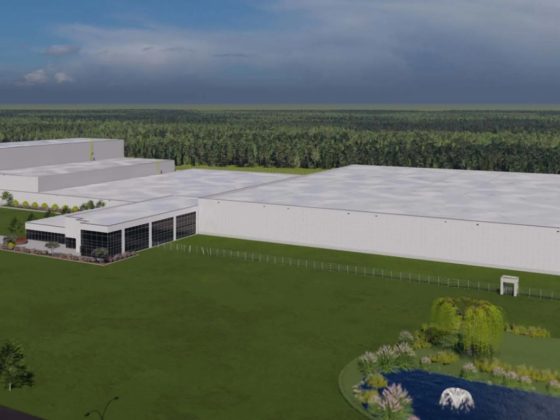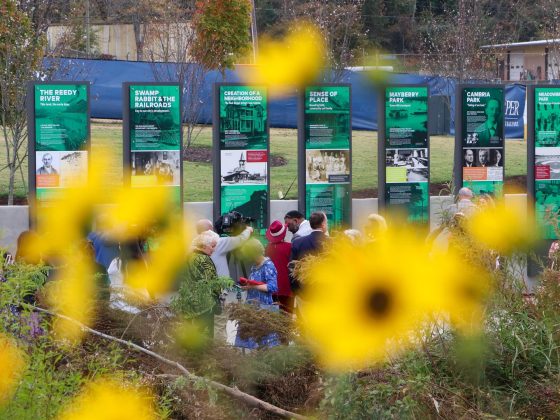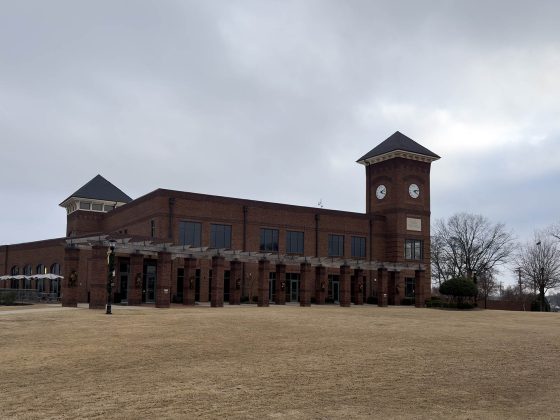In the early hours of Friday, Sept. 27, Hurricane Helene swept through the Upstate. The eye passed closer than expected, exposing Greenville and the surrounding area to winds as high as 90 mph.
Power outages were widespread across the region, with lines down and substations damaged. For some, the lights were back on by the end of the weekend. Many others, however, lost electricity for a week or more. Cell phone and internet access was limited or down depending on the area and the provider. Downtown Greenville was particularly impacted by power and internet outages.
The bulk of the damage was caused by wind and, by extension, fallen trees. Hundreds of roads were fully or partially blocked. Traffic lights were out almost everywhere, in some cases for several days. As people ventured out to find supplies or gas after the storm, the roads became chaotic. Shortages of fuel and common staples continued until mid-October.
State parks, trails and natural areas were heavily impacted. Jones Gap State Park remained closed as of December, and adjacent YMCA Camp Greenville sustained heavy damage to its Fred W. Symmes “Pretty Place” Chapel.
Read more Hurricane Helene news
Seven people were killed by the storm in Greenville County, among nearly 50 in South Carolina. Helene was the deadliest hurricane in state history.
Debris cleanup took months. Roadside logs and tree branches were still a common site across the region into December.
Greenville was spared the very worst of the storm. The Asheville, North Carolina, area was devastated by extreme flooding, and many Upstate residents rushed to send supplies and provide assistance to their northern neighbors. Interstate 40 was washed out, leading to higher volumes of traffic on Interstate 85 and other Upstate highways.
Future storms will likely be compared to Helene’s benchmarks for many years.












